Stibbert Museum
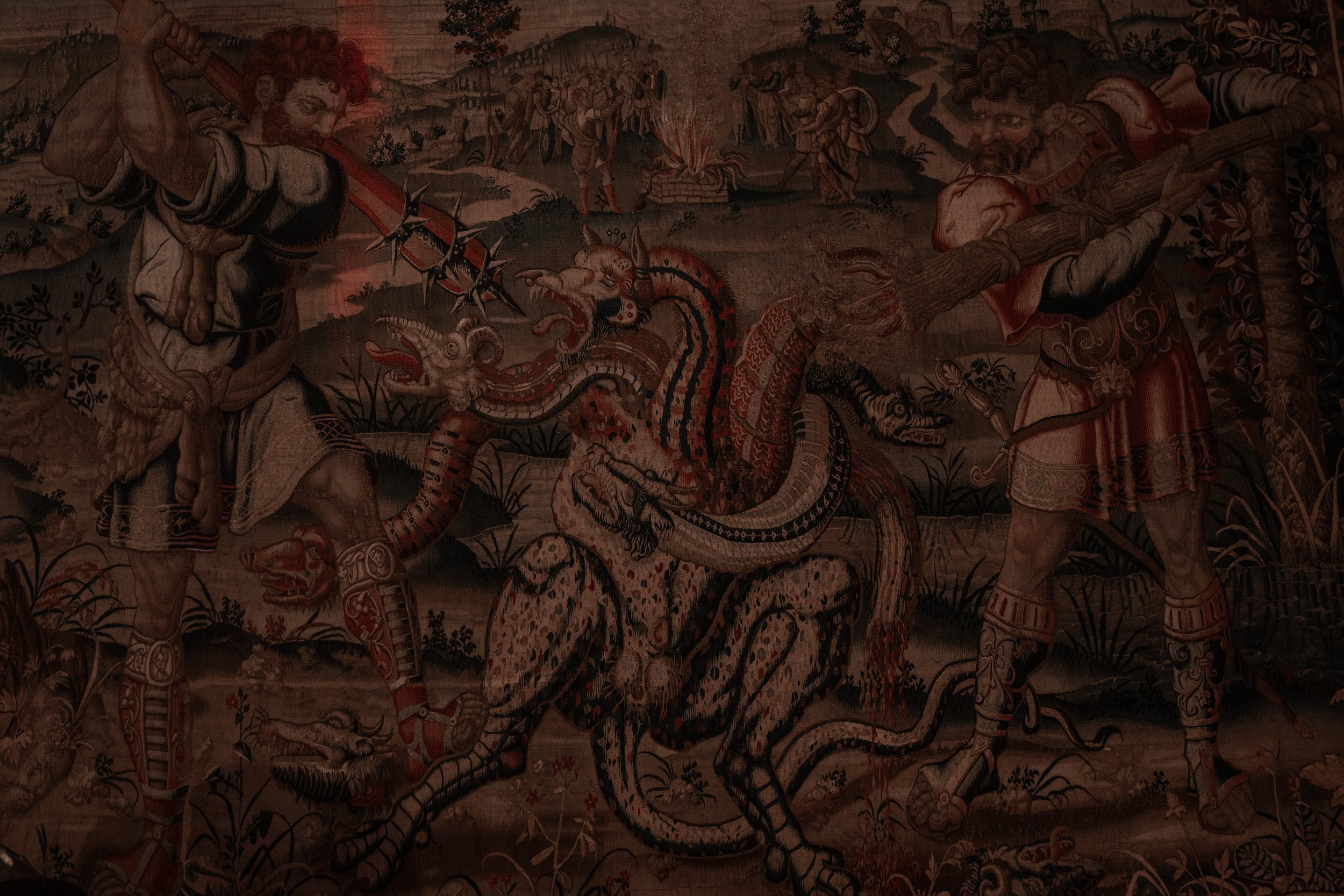
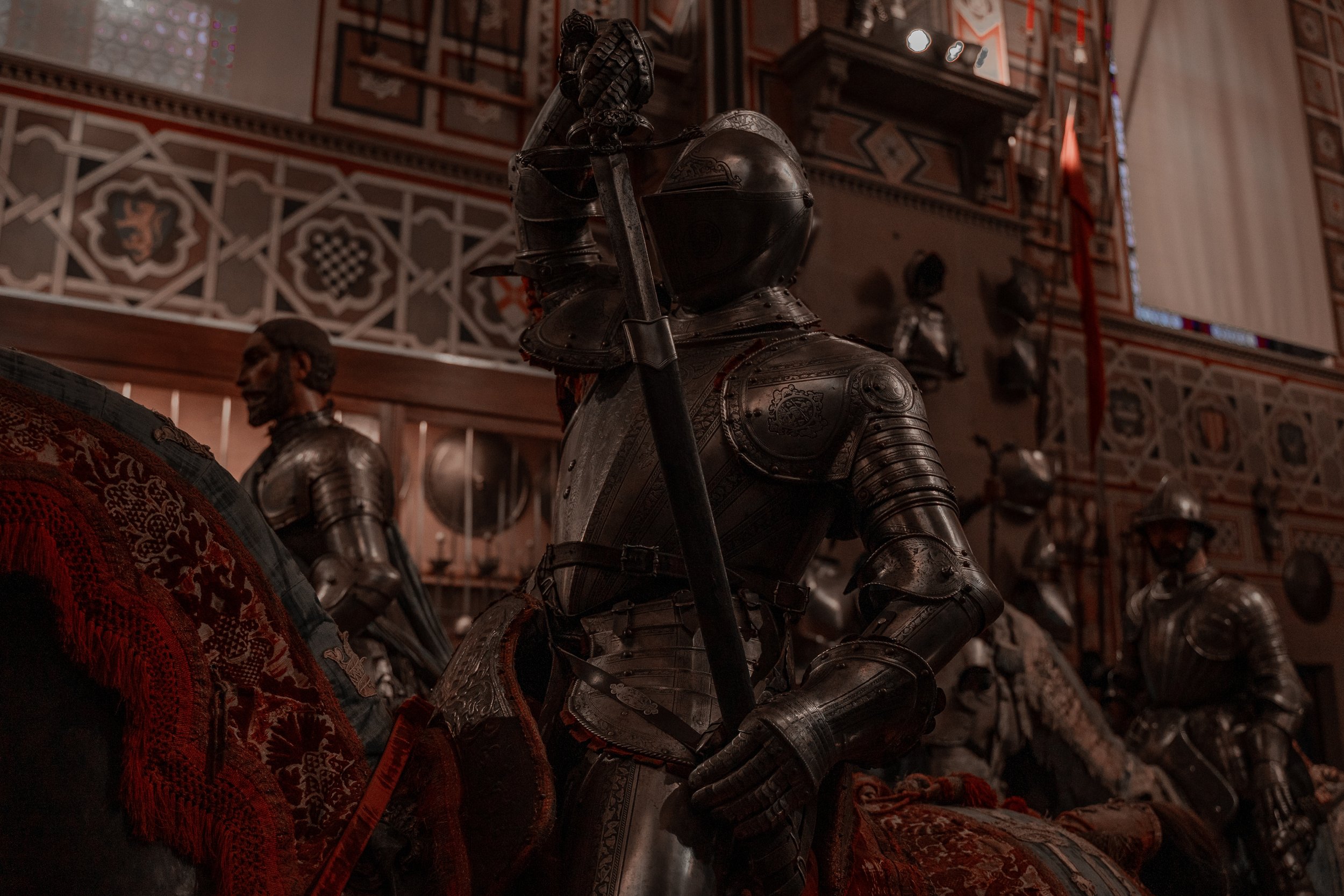
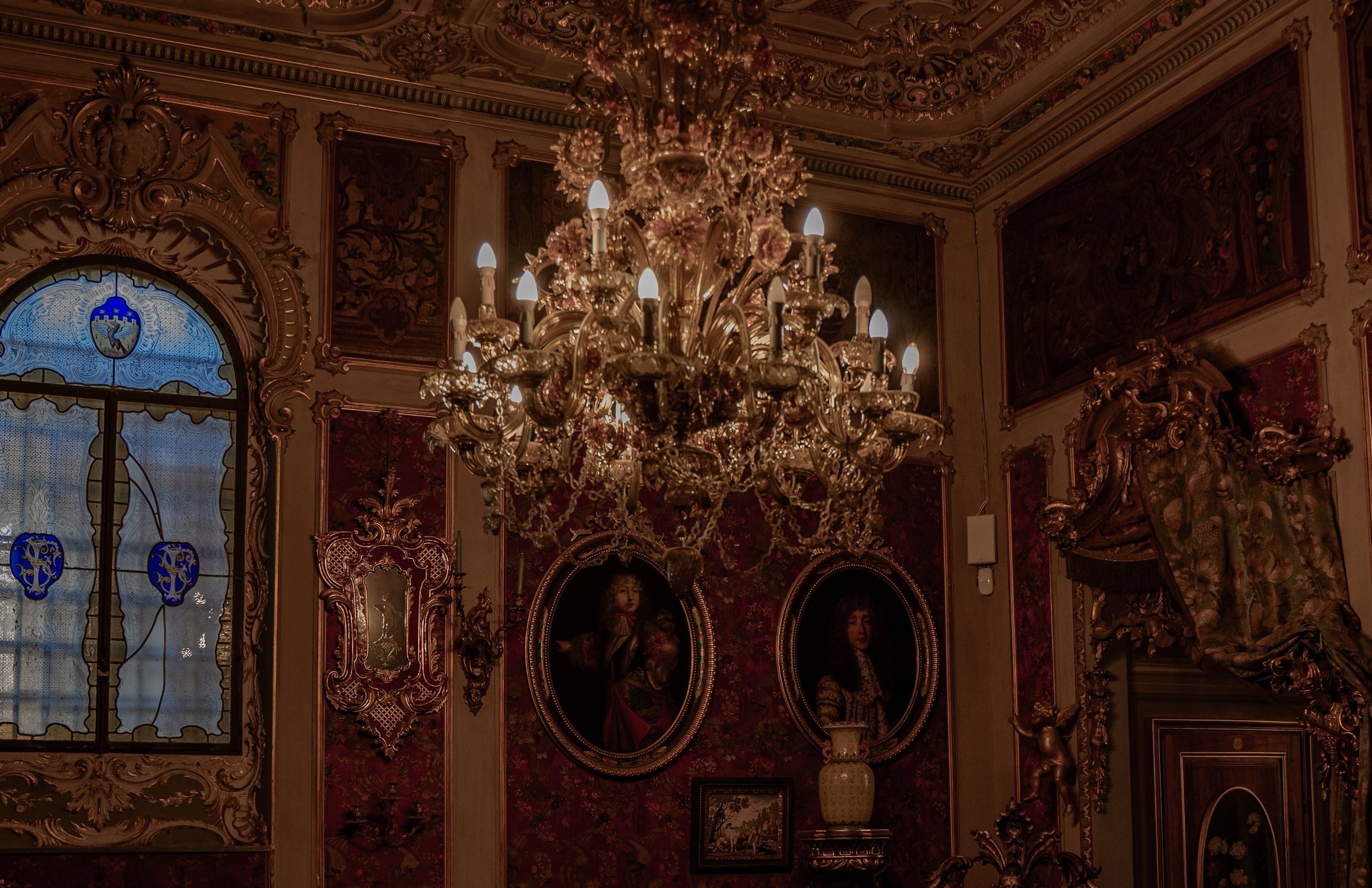
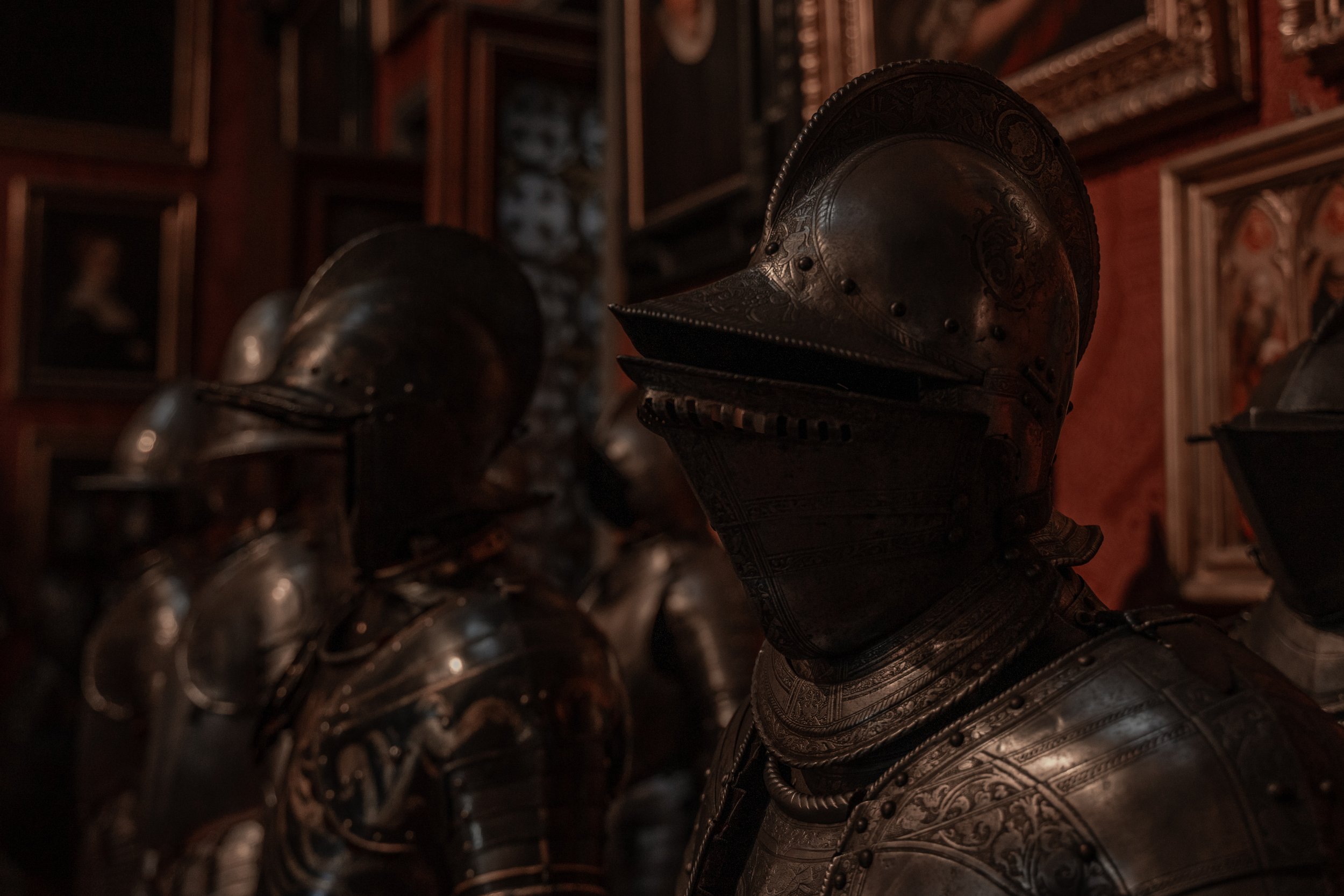
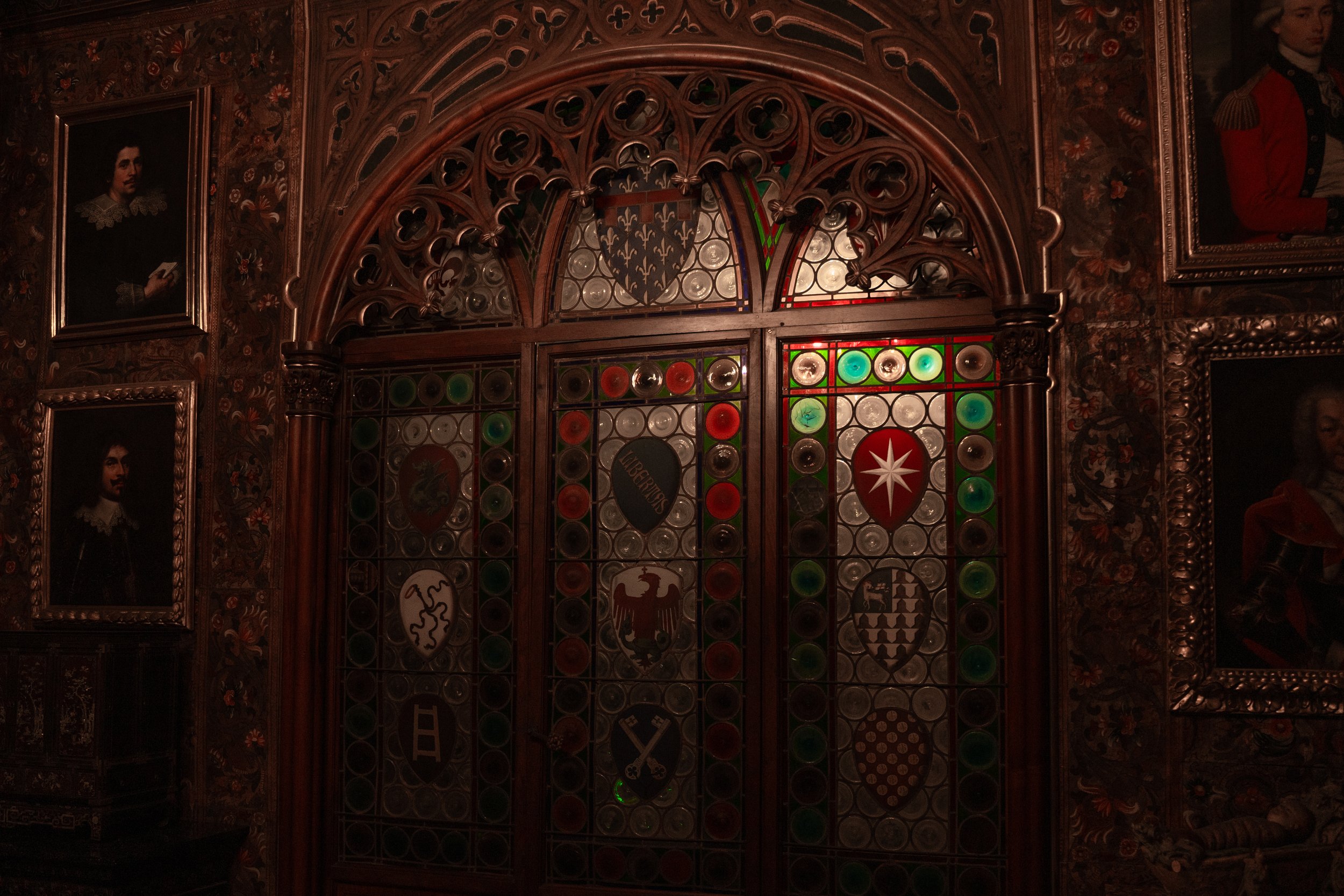
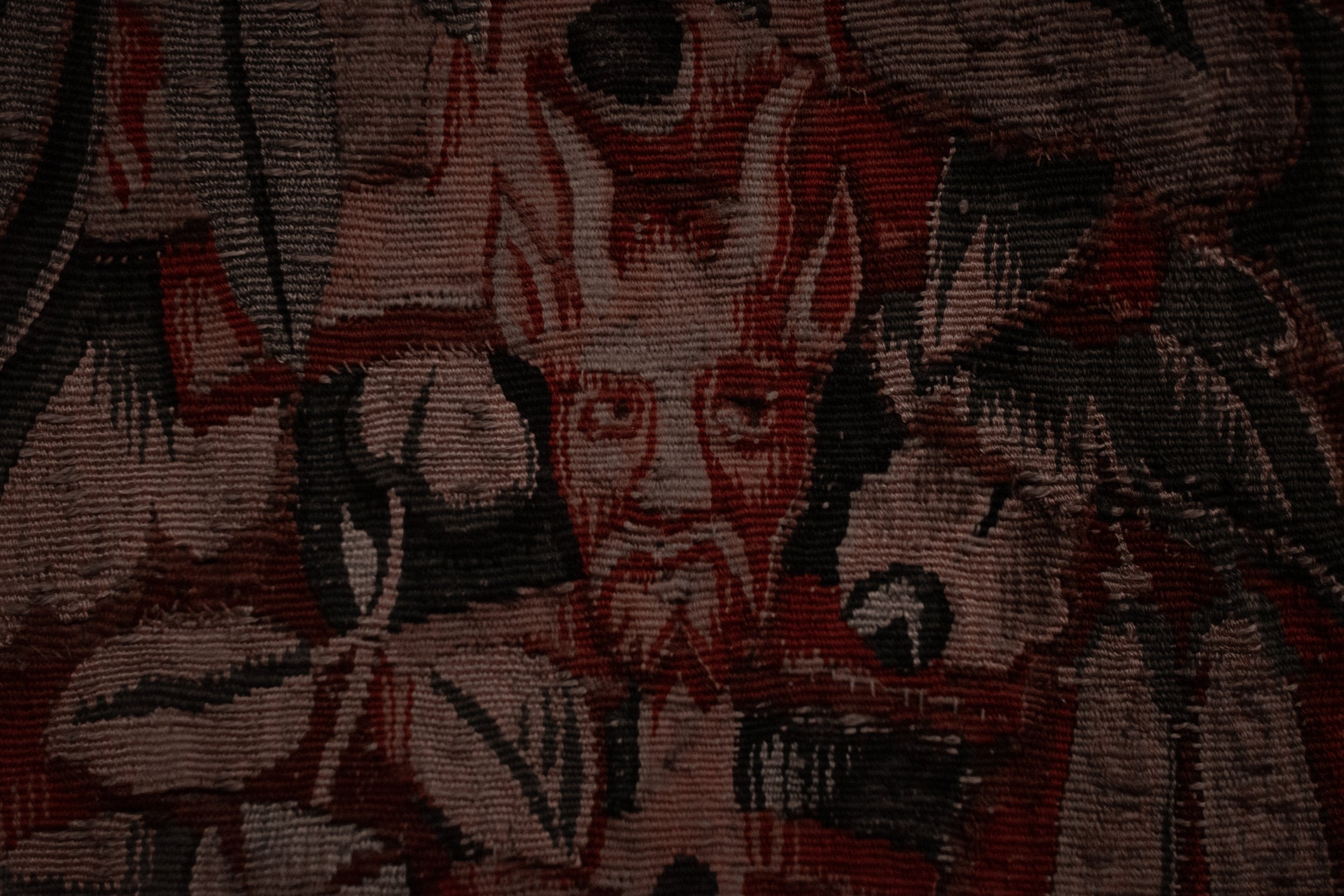
The Stibbert Museum offers a truly unique experience where you can discover a spectacular collection of over 50,000 artifacts across a magnitude of different rooms. The collection belongs to Frederick Stibbert who was the son of the English military man Thomas Stibbert and Grandson of the Commander in Chief of the East India Company in Bengal. Upon his father’s death he inherited a large fortune including Villa di Montughi and began to pursue his dream of curating an extraordinary collection of precious antiques, art, tapestries, weapons and armour from his travels around the world.
The villa eventually became too small to accommodate the rapidly increasing number of items Stibbert was collecting so in 1879 various extensions were made by artists such as: the architect Giuseppe Poggi, the painter Gaetano Bianchi and the sculptor Passaglia. This started its transformation into a Neo-Gothic style castle.
As Stibbert had no heirs, upon his death he decided to leave the Villa to the municipality of Florence, so as to open the doors to the public and preserve the collection to educate future generations. The house-museum is a spectacular showcase of Stibbert’s lifelong work, devoted to documenting the history of costume, arms and military uniforms from the Renaissance period to the First Empire.
Inside the museum you will find rooms dedicated to various civilisations including 12,000 pieces of European, Japanese, Oriental and Islamic weaponry from the 15th to 19th century. Every room holds a plethora of curiosities with many of the spaces carefully designed and arranged by Stibbert himself!
One of the most impressive areas is the grand hall where European and Ottoman life-sized knights are positioned in a military formation enacting semi-theatrical poses. The museum also hosts the largest collection of Japanese arms of its kind outside of Japan which are beautifully displayed in one of the upper halls. Along with this, I enjoyed wandering through the many lavish quarters filled with sumptuous furniture, iconic paintings and detailed tapestries belonging to the different ages. Some of the tapestries which I found on the grand staircase even featured devils in their pattern work.
The eclectic taste and compelling atmosphere which the museum presents makes it one of the most otherworldly and unexpected locations in Florence. After your visit enjoy a delightful walk through the museum’s garden and park all of which is designed in the romantic English style, featuring pavilions, grottoes, fountains and even an Egyptian style temple built by Stibbert himself!
Address: Via Federico Stibbert, 26, 50134
